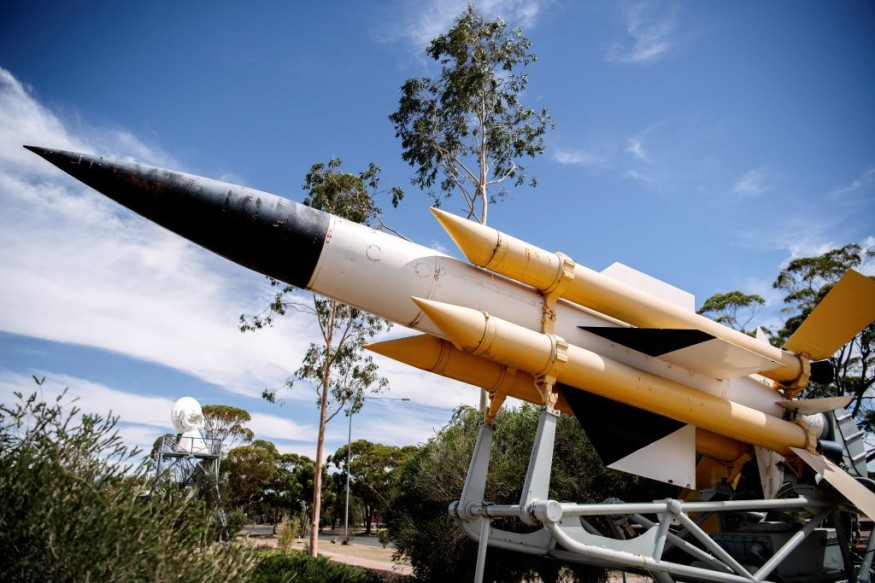As the first commercial spaceport launch outside of the United States, NASA has officially launched a rocket from Australia's remote Northern Territory.
Equatorial Launch Australia (ELA), the center's creator, owner, and operator, said the rocket took off soon after midnight local time on Monday from the Arnhem Space Center on the Dhupuma Plateau.
"It is a momentous occasion for us as a company in particular, but it's historic for Australia," Michael Jones, CEO of Equatorial Launch Australia, said in a statement (via NDTV) before the launch.

NASA Launches Australia's First-Ever Rocket
On its mission to survey the Alpha Centauri A and B constellations, the closest star systems to the Earth, the rocket is anticipated to go more than 300 kilometers (186 miles) into space.
Alpha Centauri has significant significance for Australia. According to Reuters (via CNN), it is one of the "pointers" to the Southern Cross constellation depicted on the nation's flag and is mostly only visible from the Southern Hemisphere.
ALSO READ : New Planet Spotted Around Proxima Centauri; Rocky Object Too Hot to Be Inhabited, Study Says
As the nation's first commercial space launch, Australia also made history on Monday. The subsequent two launches, scheduled for July 4 and July 12, were the first of three launches. According to NASA, they will conduct astrophysical research that is only possible from the Southern Hemisphere.
Seventy of its employees have come to Australia for the three flights since NASA is the first customer of the commercial spaceport run by ELA.
According to the American space agency, the mission will measure X-rays produced by heated gases that fill the space between stars to investigate the history of galaxies.
The Arnhem Space Center bills itself as the only multi-user equatorial launch pad in the world that is privately owned and operated.
More Launches from Australia
Australian National University astrophysicist Brad Tucker mentioned in a Euro News report that the arid Australian environment and its proximity to the equator provide ideal conditions for space launches.
The same Euro News report, citing NASA, said three launches from the Arnhem Space Centre in June and July would contribute to its investigation into how a star's light may affect a planet's habitability.
To better understand how heated gases that fill the space between stars affect the evolution of galaxies, NASA said in a statement that Sunday's mission would carry instruments to analyze X-rays produced by these gases.
According to Tucker, the second and third flights in July will observe Alpha Centauri, the star closest to both Earth and the Southern Cross constellation shown on the Australian flag. Only the southern sky offers a chance to observe the constellation and Alpha Centauri.
The main objective, he added, is to determine whether the object may be surrounded by planets similar to Earth. Scientists have been expecting a decade to deploy a rocket from the Southern Hemisphere. It'll be noticeable for 10 to 50 seconds.
Tucker underscored that the science teams would be operational and in charge of the onboard telescope 100 seconds after launch and that they'll be able to monitor its progress in real-time.
RELATED ARTICLE : Planet Search Is Not Easy! Astronomers Tell Us How They Discovered Almost 5,000 New Exoplanets
Check out more news and information on Space in Science Times.












